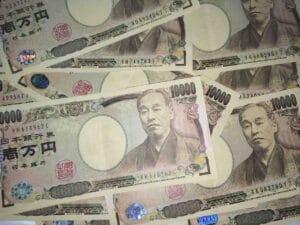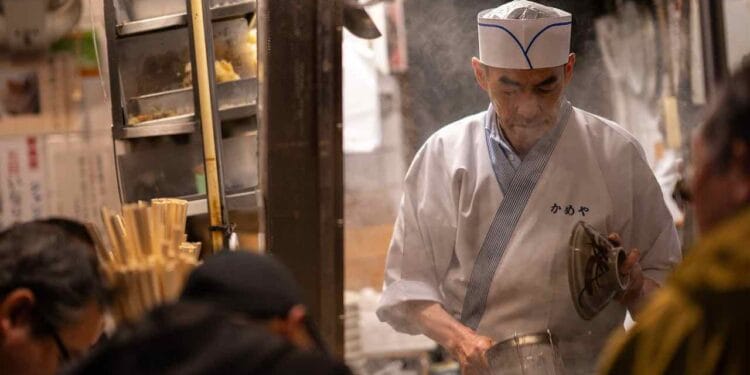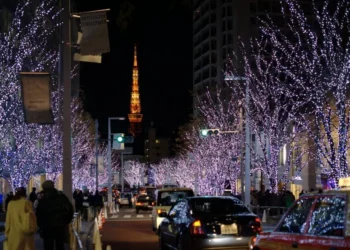No products in the cart.
Are Tourists Paying More? Insights into Japan’s Restaurant Pricing Trends
Exploring the Two-Tier Pricing System in Japanese Dining
Introduction: A New Pricing Trend
As Japan welcomes back tourists, a new trend is developing in the restaurant industry. Some Japanese restaurants are adopting a two-tier pricing system, where locals pay less than tourists. This shift in Japan’s restaurant pricing has sparked discussions and debates about fairness and pricing practices in the hospitality sector.
Understanding the Pricing System

In recent months, many restaurants in popular tourist areas have started to charge different prices based on whether customers are locals or visitors. For example, a seafood buffet in Tokyo might offer a discount to Japanese residents while charging foreign tourists a higher rate, highlighting the differences in Japan’s restaurant pricing.
Restaurants explain this pricing strategy by pointing out the higher costs of serving tourists. They may need to hire English-speaking staff to help visitors understand the menu, which can mean extra training and higher wages. Additionally, restaurants might spend more time explaining dishes and how to order, which can slow down service and affect Japan’s restaurant pricing.
Some places also offer special menus or items that appeal to tourists, leading to higher prices. While locals are familiar with the food and how to order, tourists may need more guidance. This difference in experience can justify the higher rates for visitors, further emphasizing the impact on Japan’s restaurant pricing.
As a result, many tourists are surprised by these price differences and may feel they are being charged more just for being from outside Japan. This situation has sparked conversations about fairness in pricing and whether it is right to charge tourists more.
Overall, this trend in Japan’s restaurant pricing reflects the challenges restaurants face in balancing the needs of locals and visitors while maintaining a profitable business.
Why the Change?
The rise in foreign visitors to Japan has been notable, especially after the pandemic. With the yen’s value dropping, many tourists find Japan to be an affordable destination. As a result, restaurants are seeing a higher demand from international customers. To handle this increase and keep their local customers, some establishments have chosen a pricing model that benefits local residents, impacting Japan’s restaurant pricing.
The Impact on Locals and Tourists
For locals, Japan’s restaurant pricing can be a relief. This pricing system motivates them to return to their favorite restaurants, which they might have avoided due to rising costs. For tourists, however, Japan’s restaurant pricing can feel unfair. Many visitors come to Japan to experience its culture and cuisine, and being charged more can leave a sour taste.
A Case Study: Tamatebako Restaurant

One notable example is Tamatebako, a seafood buffet restaurant in Shibuya, Tokyo. The restaurant charges foreign tourists 7,678 yen for an all-you-can-eat meal, while locals pay 1,100 yen less. The owner, Shogo Yonemitsu, explains that the pricing helps cover the costs of hiring staff who can communicate with international guests. He emphasizes that the goal is not to discriminate but to ensure that local customers feel valued, reflecting the unique dynamics of Japan’s restaurant pricing.
The Broader Conversation
Japan’s restaurant pricing trend has sparked a broader conversation about tourism and local economies. Some argue that charging tourists more is a way to manage the increased demand and costs associated with serving them. Others believe it could harm Japan’s reputation as a welcoming destination.
Cultural Considerations
In Japan, hospitality is a deeply ingrained value. Many locals feel that treating tourists fairly is essential for maintaining Japan’s image as a friendly and welcoming country. However, the reality of rising costs and labor shortages complicates this ideal.
Looking Ahead: What Does the Future Hold?
As Japan continues to attract tourists, Japan’s restaurant pricing may see the two-tier pricing system become more common. Restaurants and attractions will need to find a balance between profitability and fairness. The government is also considering how to support local businesses while ensuring that tourists have a positive experience, which is crucial for maintaining Japan’s reputation as a welcoming destination.
Conclusion: Embracing Change
The conversation around pricing in Japans restaurants pricing reflects the complexities of a changing society. As Japan navigates the challenges of tourism and local needs, it’s essential to understand the reasons behind these pricing strategies. For both locals and tourists, being aware of these changes can lead to a more enjoyable experience in this beautiful country.
Whether you’re a resident or a visitor, embracing the evolving landscape of Japanese dining can enhance your understanding of the culture and its values. So, the next time you dine out in Japan, remember the story behind the prices and enjoy the delicious food that this incredible country has to offer!
For more interesting news click here.










